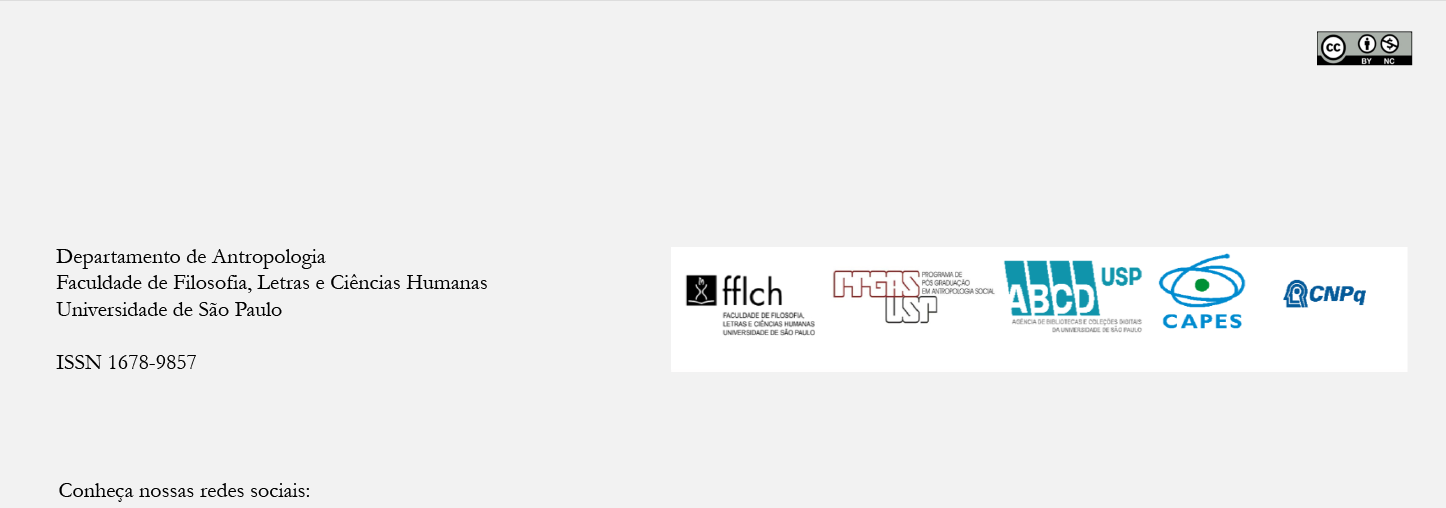Filmed Naturally: Ways of Acting and Living in Indian Posts of the SPI in Mato Grosso
DOI:
https://doi.org/10.11606/2179-0892.ra.2015.102103Keywords:
Indigenous History, Indian Post, Indian Protection Service, Anthropology, History and PhotographyAbstract
The article undertakes an exercise in viewing and reflecting upon photographs taken at five Indian Posts in Mato Grosso State, Brazil, in 1942 and 1943. The photographs belong to three photographic collections organizes by the Seção de Estudos (a department of ethnology and audio-visual documentation) of the Indian Protection Service (SPI). Supplemented by SPI’s documentation from 1910 to 1945, the images produced by the Photo-Cinematography team were analyzed from the perspectives and research methods of Anthropology, History and Photography. Our main goal was to perceive the participation and action of Indians within the monolithic entity known as the “Indian Post”. We seek to problematize the contexts inscribed in the pho- tographs and permitted by their inherent ambiguity and to locate the Bororo, Bakairi, and Terena peoples acting and participating in their historical processes. We conclude that SPI’s images and words complement one other and compose narratives of Indigenous History for the first half of the twentieth century.
Downloads
Downloads
Published
Issue
Section
License
Authors who intend to publish in this journal must agree with the following terms:
- a) Authors retain copyright and grant the journal the right of first publication. The work is simultaneously licensed under the Creative Commons Attribution License, which allows the work to be shared as long as the author and the initial publication in this journal are appropriately credited.
- b) Authors are authorized to sign additional contracts for non-exclusive distribution of the version of the work published in this journal (e.g., to publish it as a book chapter), as long as the author and the initial publication in this journal are appropriately credited.
- c) Authors are allowed and encouraged to publish and distribute their work online (e.g. on their personal webpage) after the editorial process, for this can generate productive changes as well as increase the impact and citation of the work. See The Effect of Open Access Publications.



